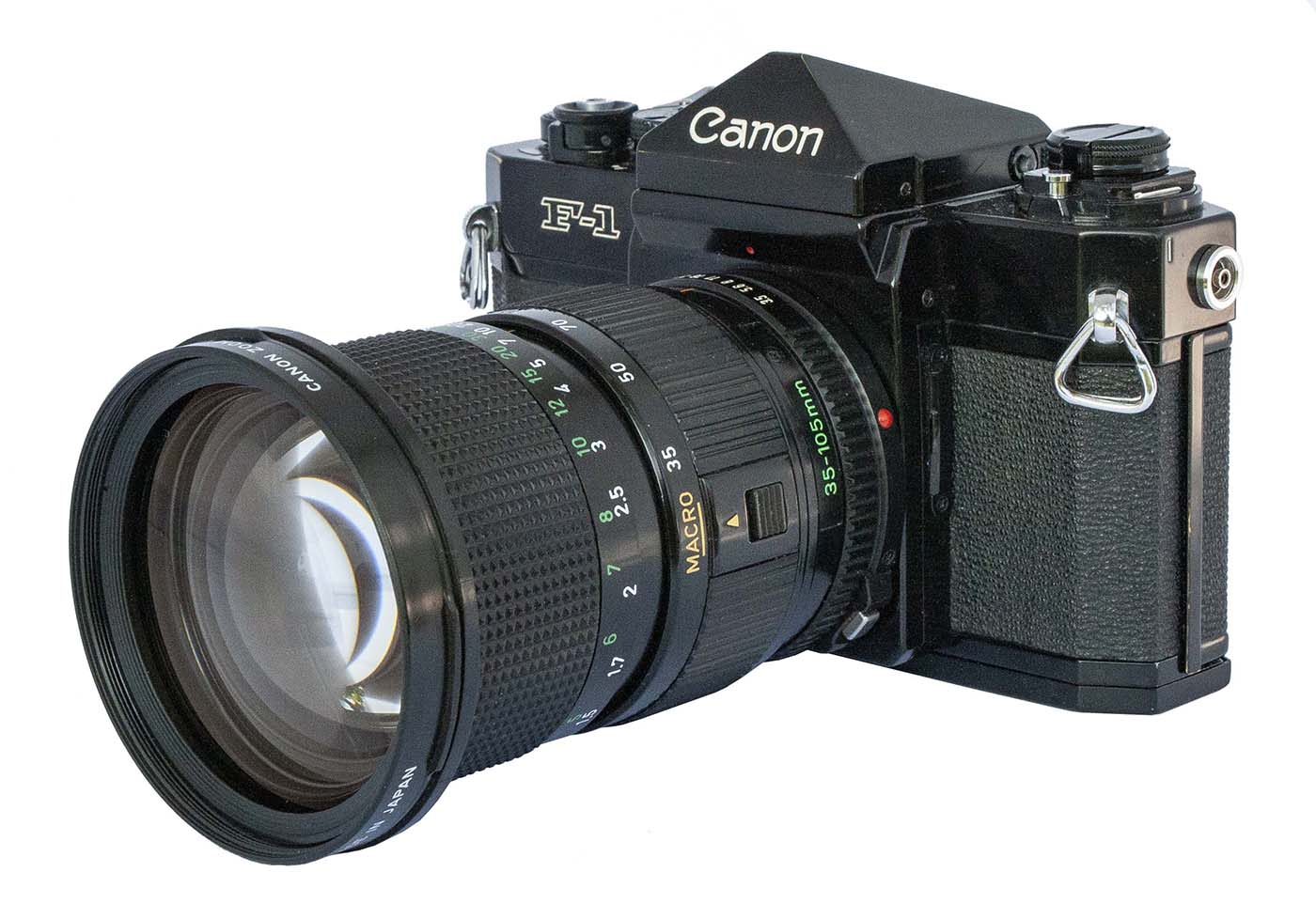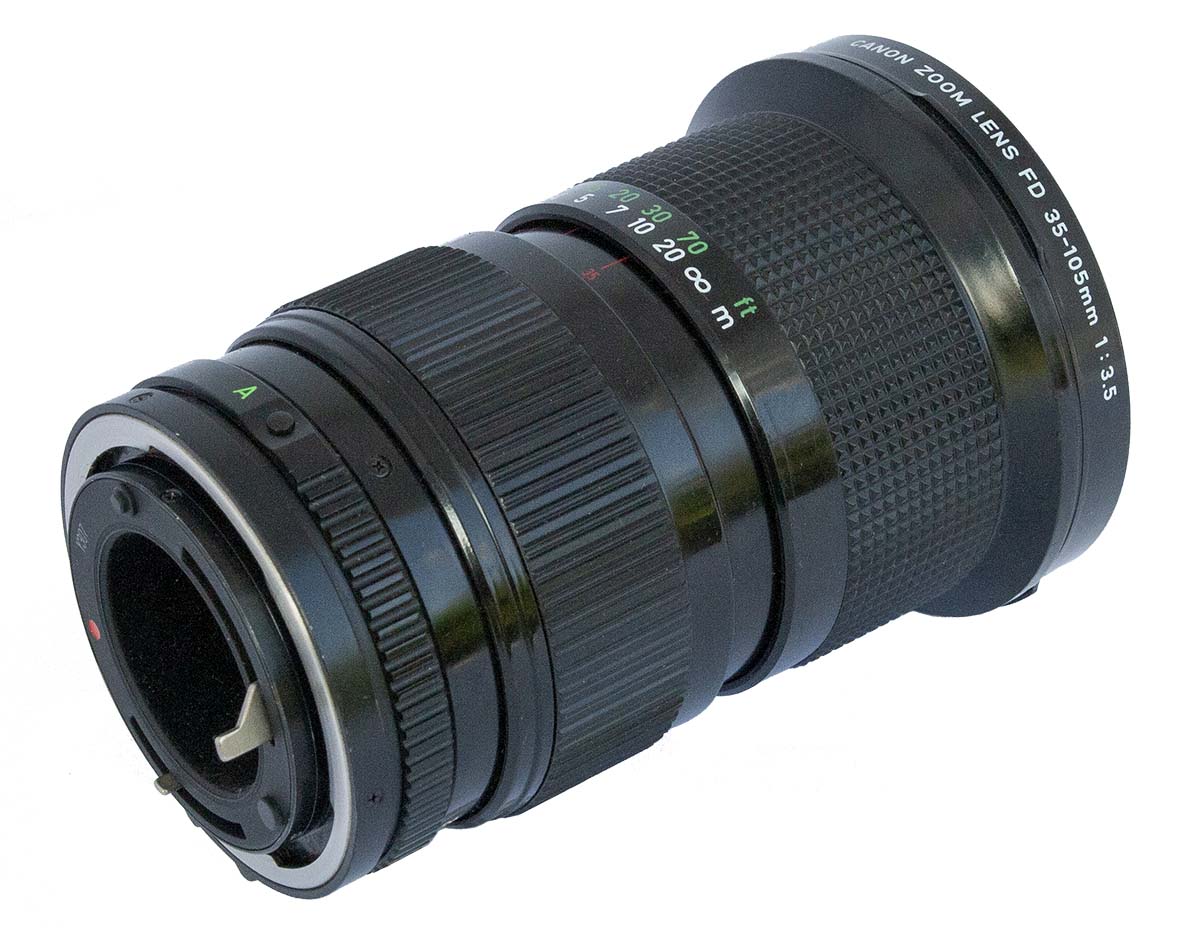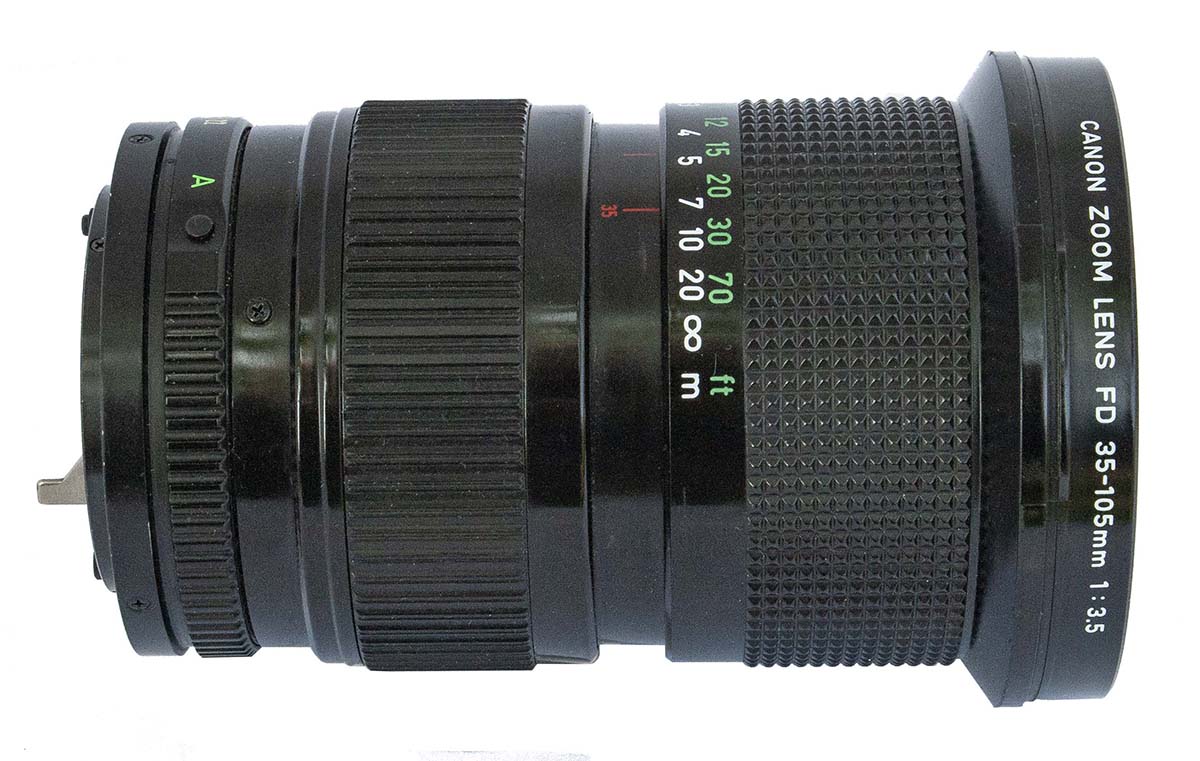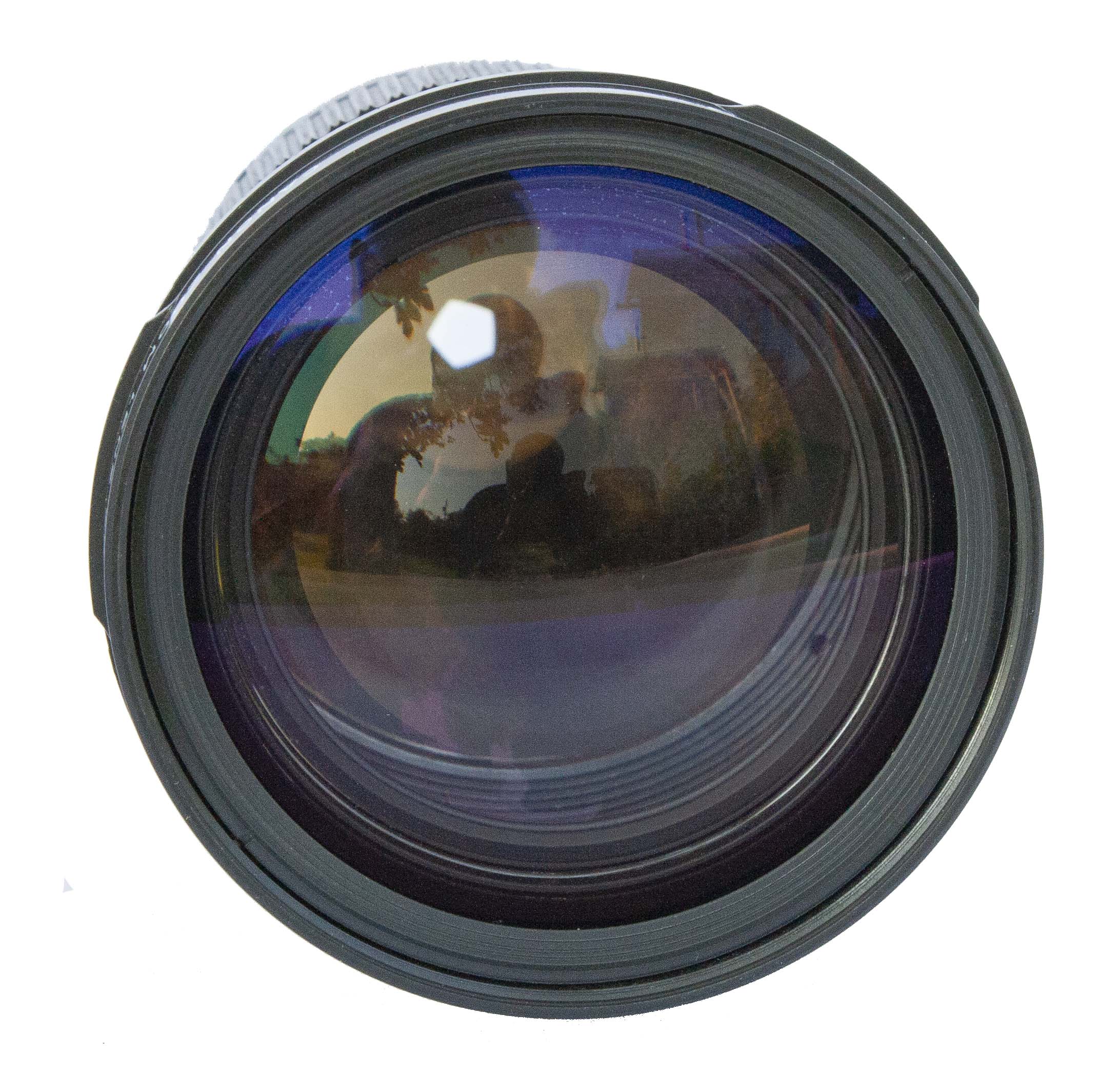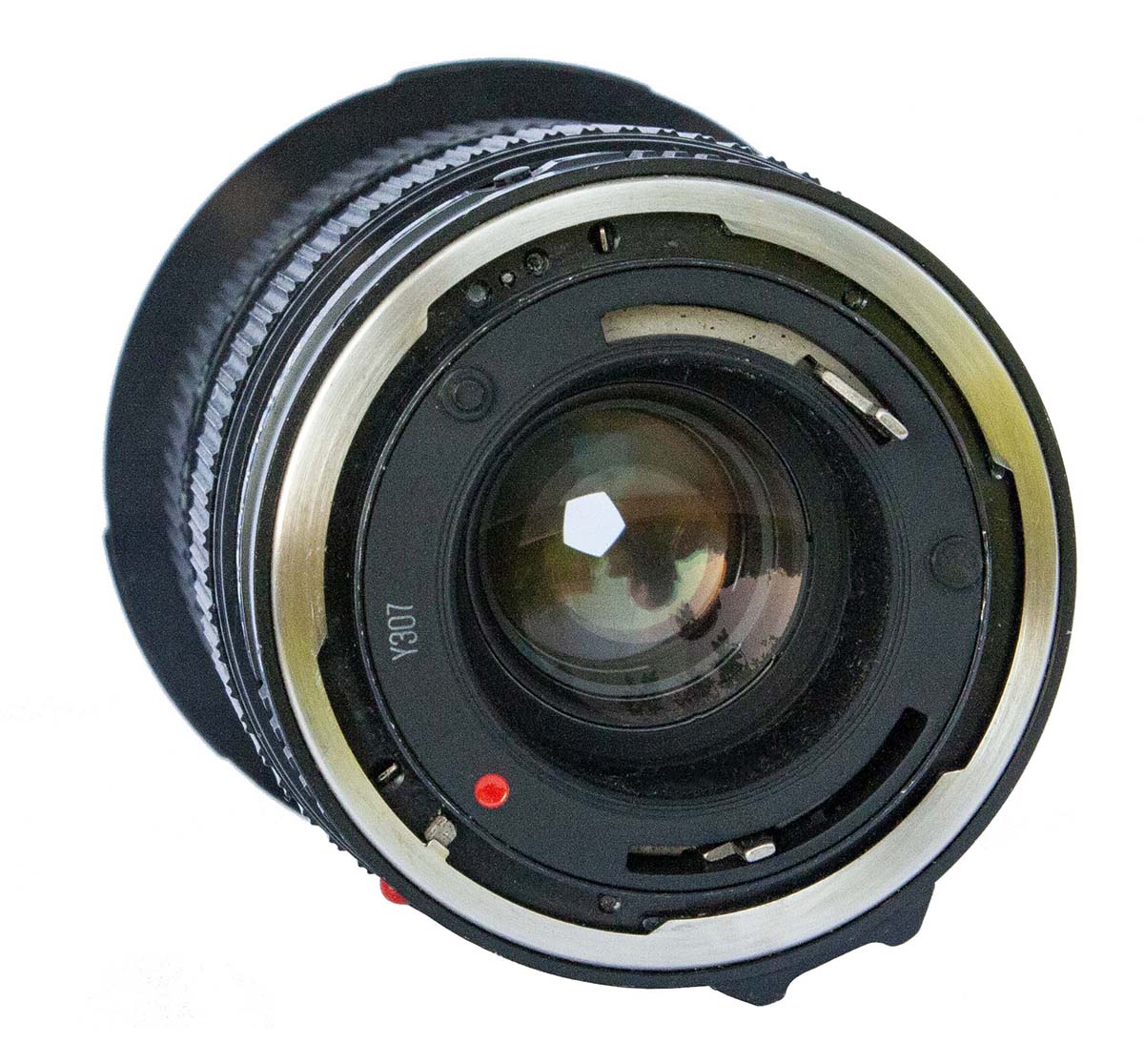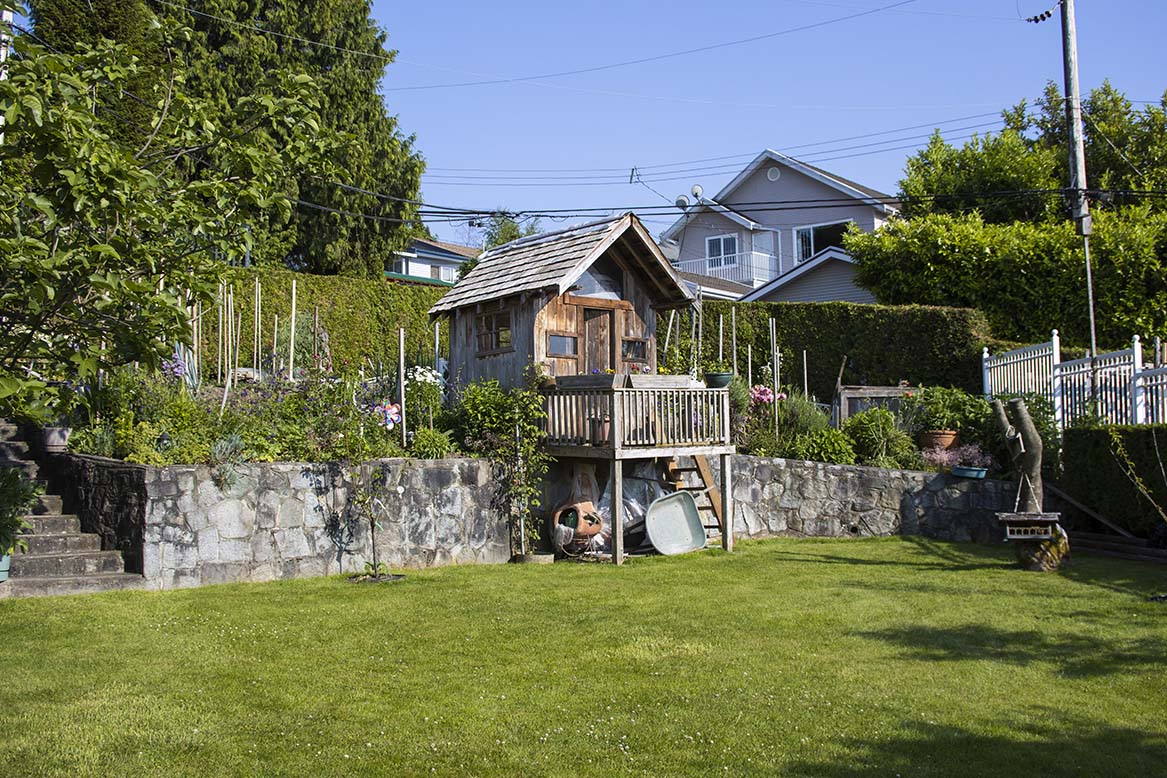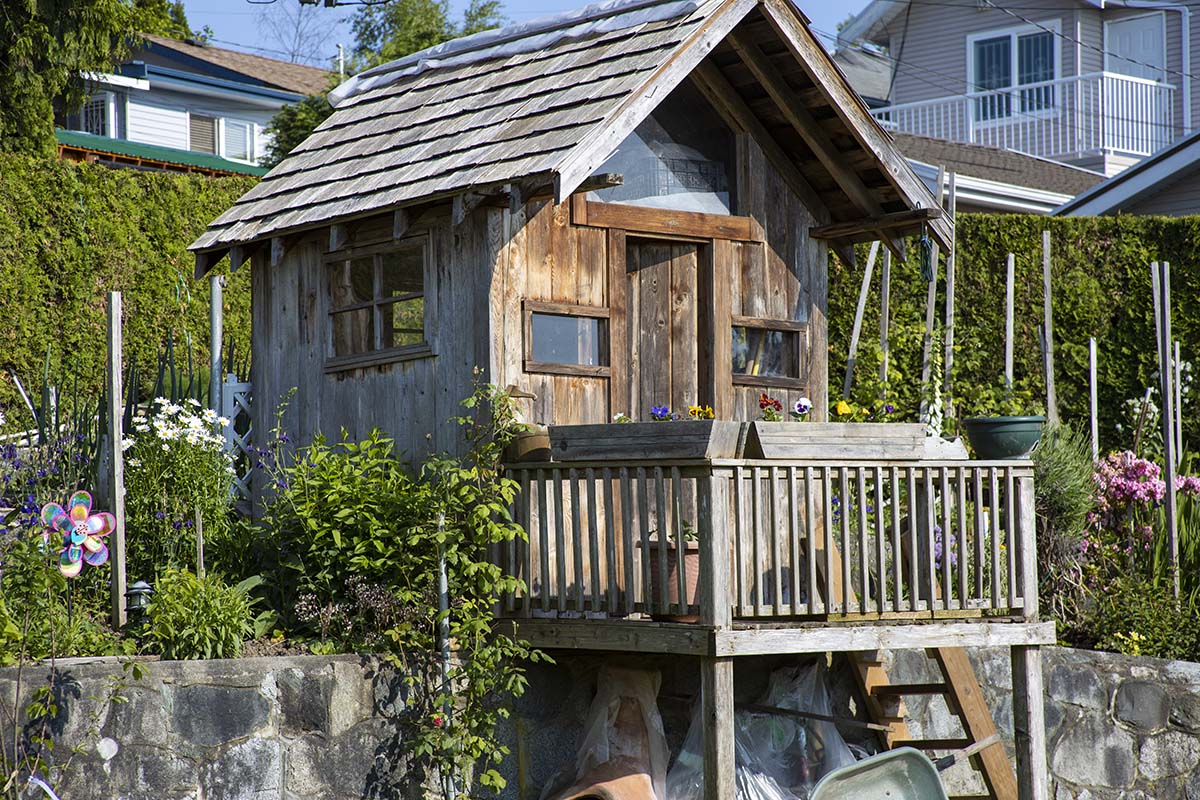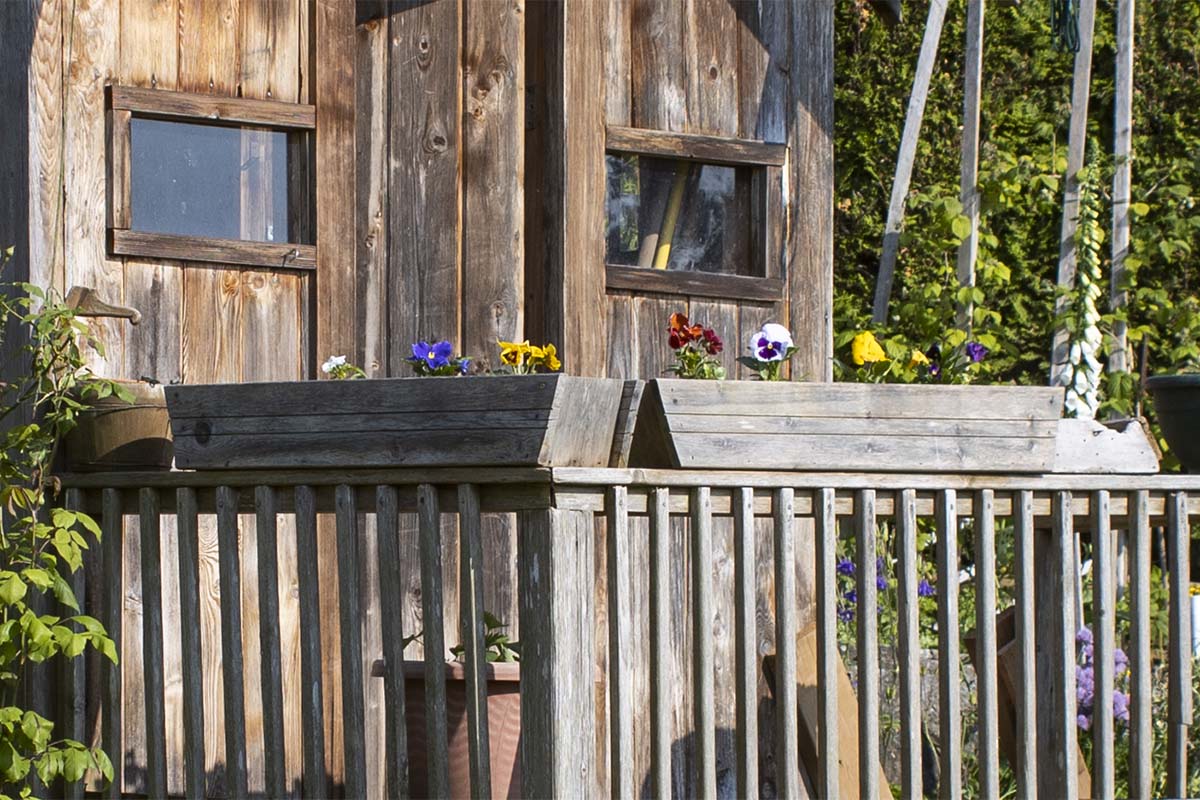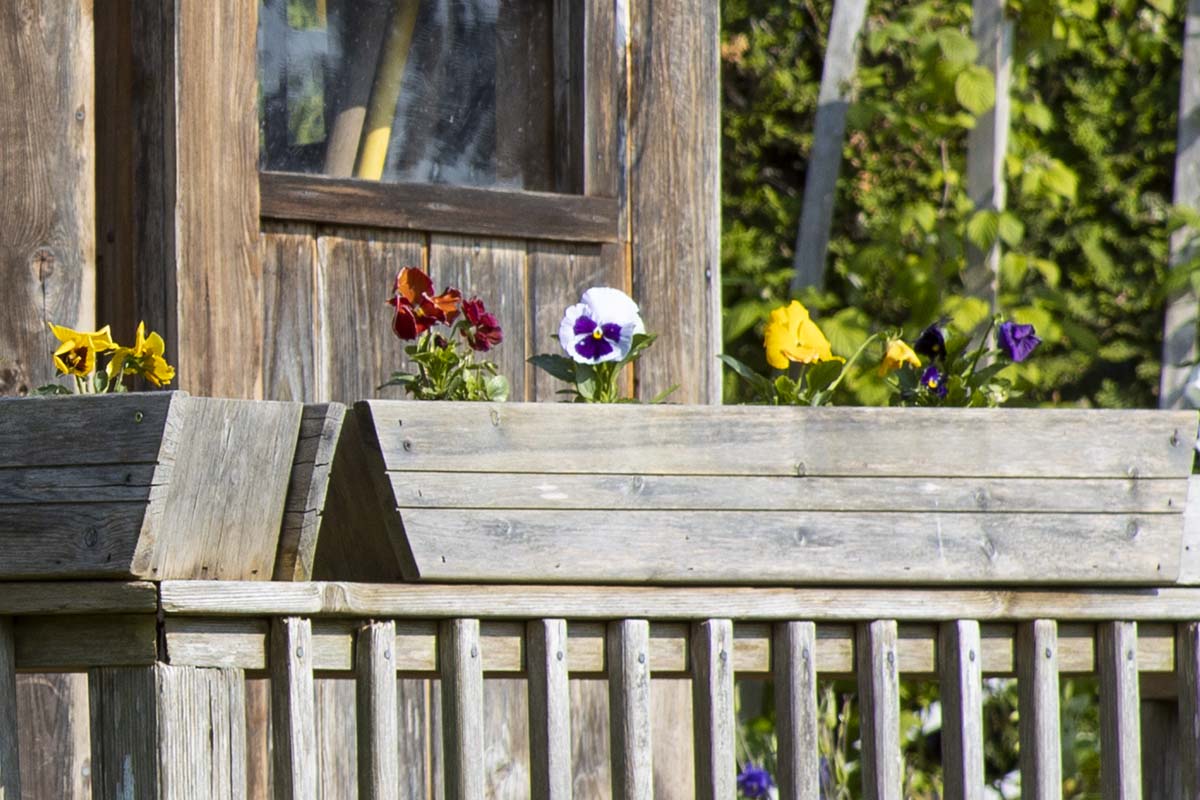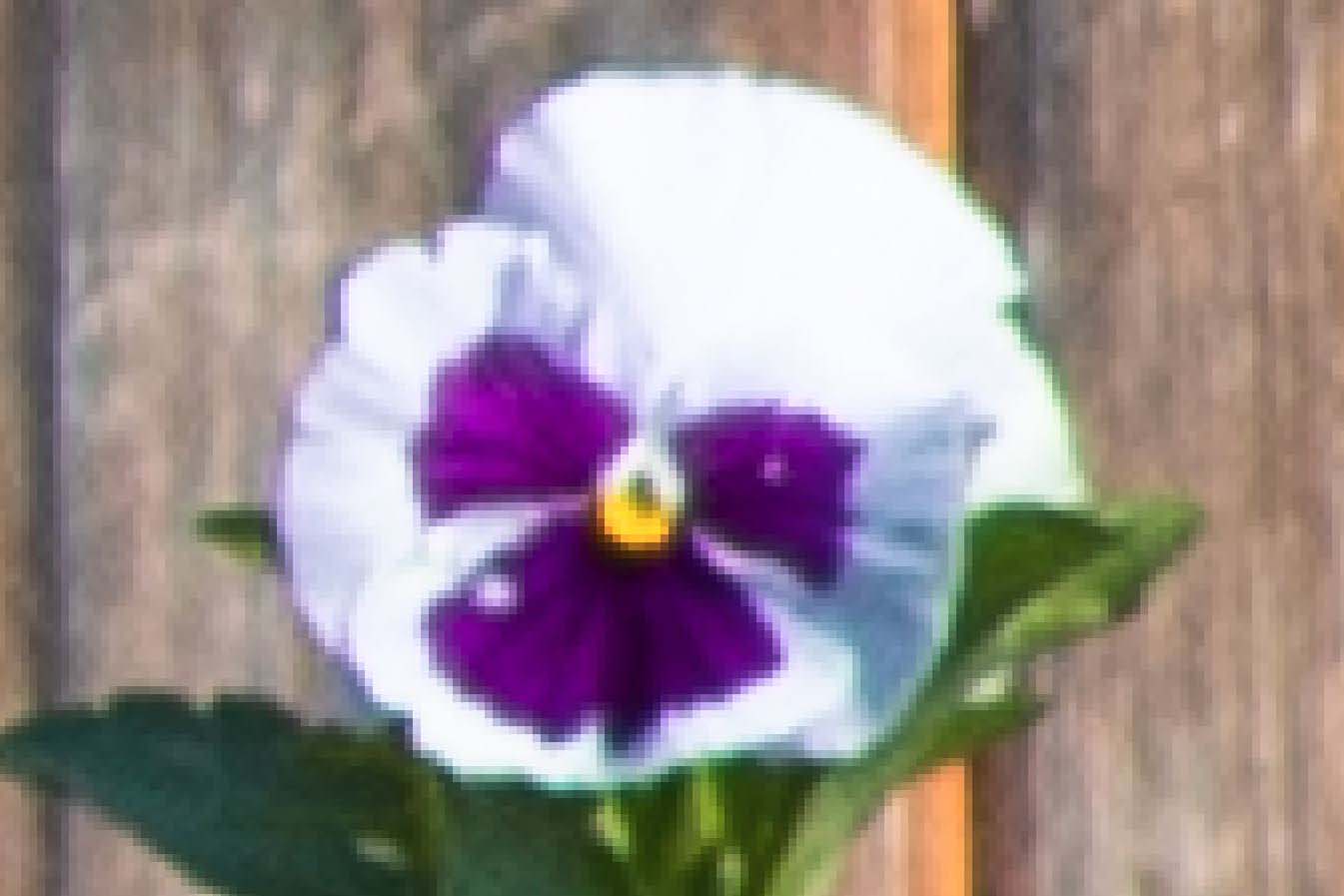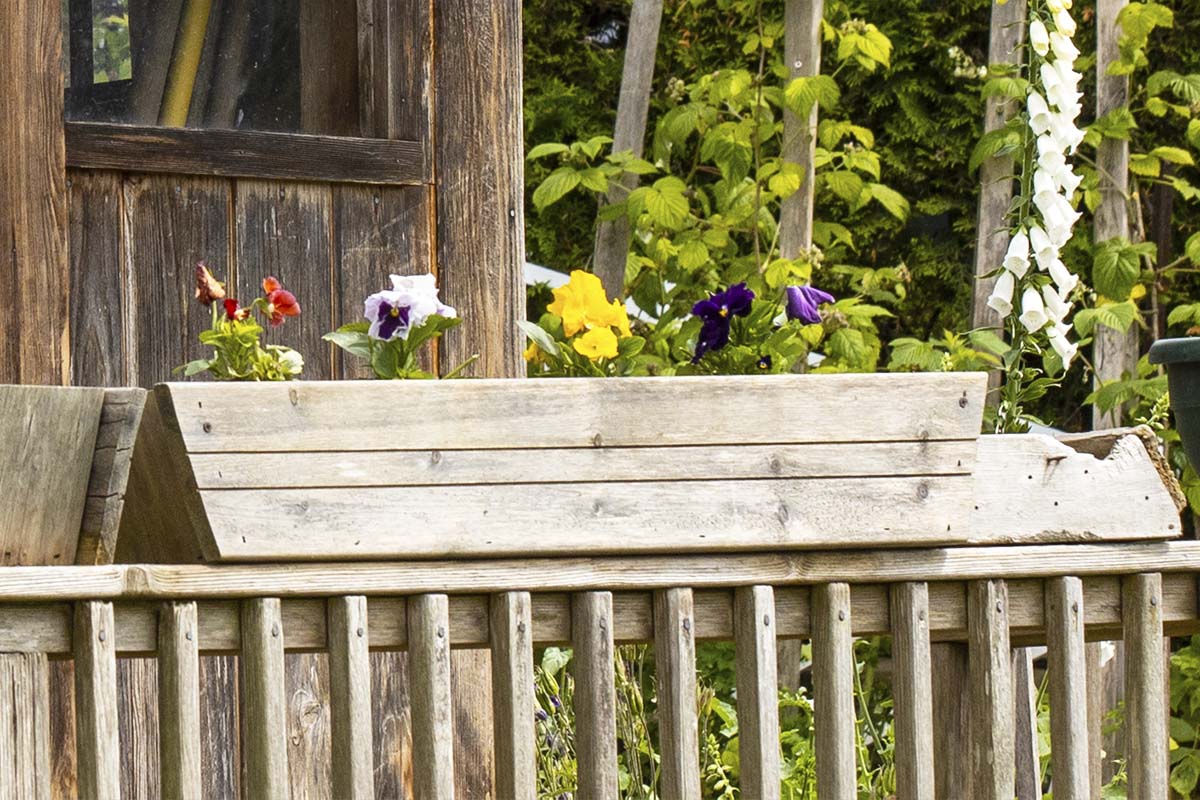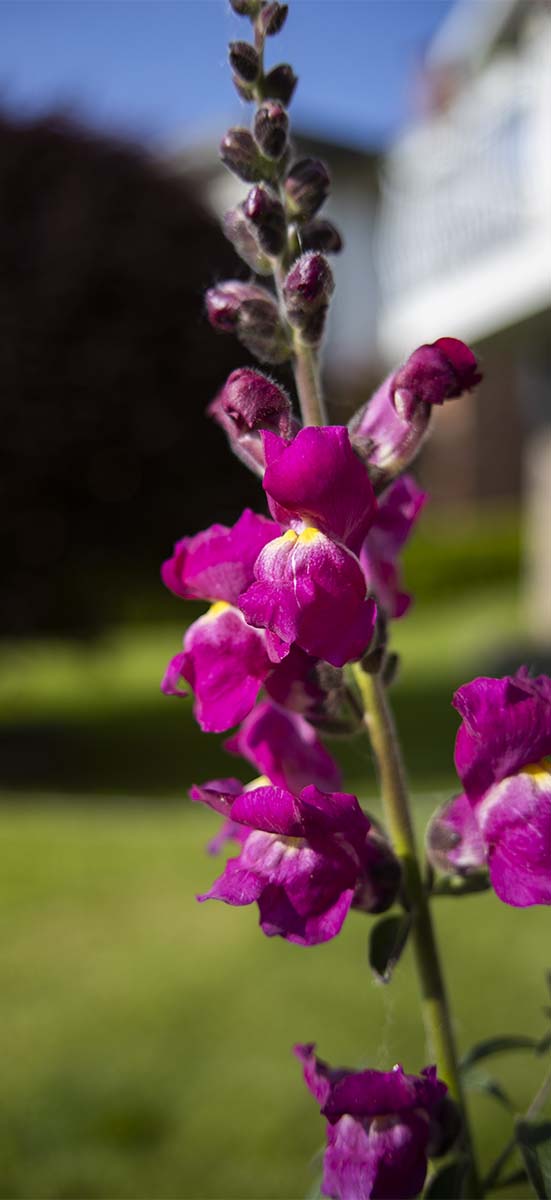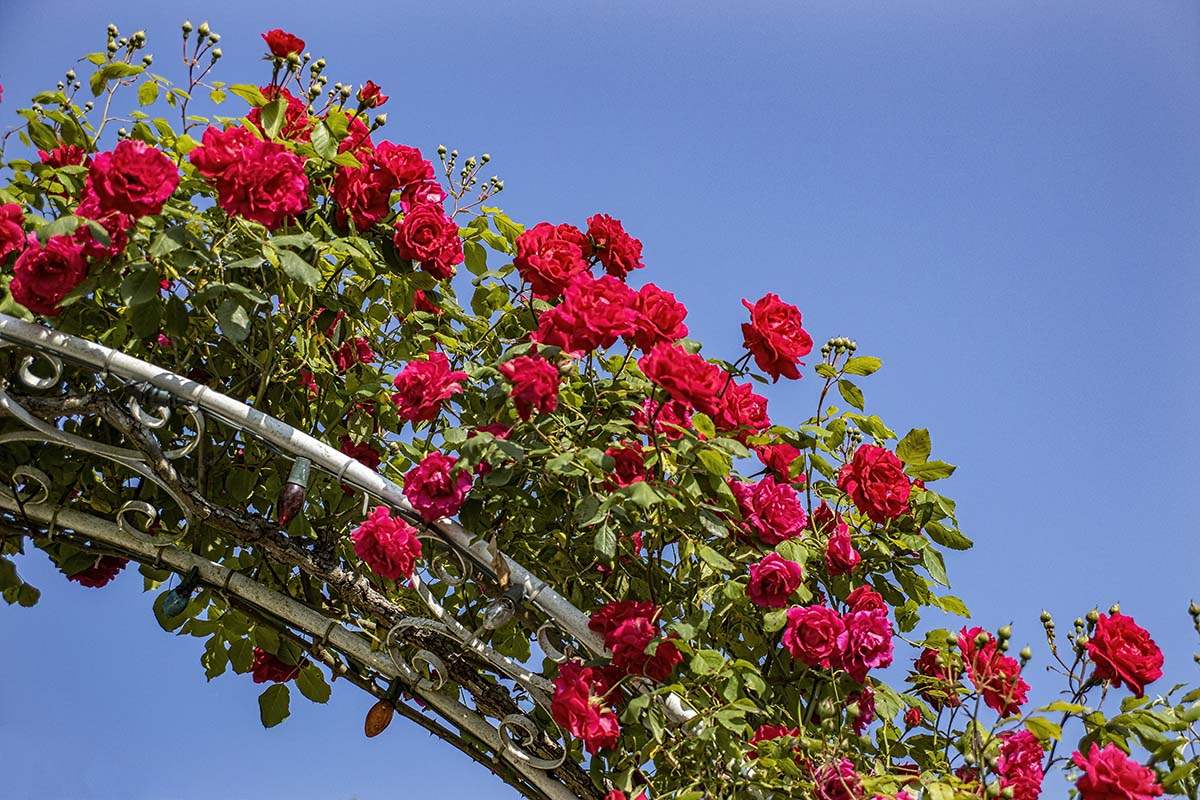Here is my 35-105mm f/3.5 mounted on my F-1 shooter. I have film in it and will be using this lens for a few weeks. Maybe longer.
Canon New FD 35-105mm f/3.5
an excellent walk-about lens
Unlike cameras, lens don’t seem to garner the same attention on the internet. This Canon New FD 35-105mm f/3.5 lens is a good case in point. I can find comments on it but nothing of substance other than people seem to like it.
Even the Canon Museum says very little about it beyond the basic information about construction. Here are some basic parameters:
Introduction: April 1981
Lens Type: Zoom
Focal Length: 35-105mm full frame
Max Aperature: f/3.5 at all focal lengths
Min Aperature: f/22
Aperture Blades: 5
Lens Mount: Canon FD
Construction: 15 elements in 13 groups
Filter Thread: 72mm filter ring
But what about the lens? What’s it like to handle and use. Well, the first thing I noticed when I acquired this lens was the solid heavy build. It is obviously of metal construction with a beautiful black finish. Focus and zoom are on two separate rings and function independently of each other (no push-pull zoom). Unfortunately the focus ring is on the front of the lens and the whole nore of the lens and the filter ring rotate with focus. This makes using a lens shade or polarizing filter very difficult.
I noticed in reading about this lens a comment that it was subject to flare and I found that to be true. It does not like light sources ahead of it and it is prone to splashing light across the film. This makes the rotation of the lens hood ring a problem because this a lens that should be shaded.
I also saw comments that said this lens shows a noticeable vignette wide open but that this cleared up at f/8.0 and above. I found that to be true.
When I received my lens I immediately put it on my Canon R and took it out in the backyard. I don’t do really rigorous testing of my lenses like some web sites do. I just want to see how well a lens handles and whether it can take a decent picture.
Very quickly the vignette and flare were obvious but not objectionable. As described these problems disappeared at f/8.0.
This is a full frame image at a 35mm focal length. There is no apparent color fringing or light fall off in the corners.
From the same position, this is the full frame at 50mm f/8.0.
105mm f/8.0 and the image is excellent.
There is a switch on the side that says “Macro” and when set to the “On” position the lens can focus much closer. I don’t think this is a true macro setup. The switch does not allow the lens to extent further from the film plane. I suspect an internal lens is moved to allow closer focus. However, it is handy when walking about and you come across something of which you want to get a close-up. The bottom photo on the left of the snap dragon flowers is taken using the Macro feature.
This lens is a solid performer. Color fringing is minimal and distortion is well controlled. I am showing the results at f/8.0 but wide open it was not bad, especially in the center. I try to never use a lens set wider than f/8.0 and usually at f/11 or f/16 if depth of field is a problem. So the softness and vignetting around the edges wide open, which are not present at f/8.0, will not normally be an issue. And in low light situations the images are usually such that these problems will not be noticed.
But how does it stack up against a modern EOS lens of equivalent focal length? The day after I took the images above I took the same scenes with my EOS 70-210mm f/2.8 which is a known excellent lens. Setting it to 105mm I took the following pictures:
This is the full frame image using the same camera with an EOS 70-210mm f/2.8 lens set at 105mm focal length at f/8.0.
This is the pansy in the FD lens window box blown up so we can see the individual pixels in the 30 megapixel image.
This is the same flower but in the image taken with the EOS lens a day later after the flower had begun to fade.
Same image from the center at 100%. The 35-105mm seems to be almost as good although it does not quite have the same detail or contrast. Almost does!
But now look at these images of the pansy in the flower box from the FD lens and the EOS lens both at 105mm focal length. Neither image shows color fringing along the white edges. Not only that but the transition from white to the grey of the wood background is accomplished in two to three pixels on the FD lens. This is very respectable resolution and almost to the limit of the sensor’s resolving ability.
The EOS lens does show greater sharpness. The light to dark transition is in the order of two pixels which is an improvement over the FD lens. The overall sharpness in the lower EOS image is definitely superior.
That said you must keep in mind that the lower image was focused automatically while the upper FD image was focused manually with the assistance of “focus peaking” because the FD lens focusing is manual. I may have not been as accurate as I should have been in my focusing. My eyes are getting pretty weak. Probably additional testing is warranted to confirm the difference in the lenses. But this enough for now to establish this as a good lens.
This is a very rough test of my FD 35-105mm lens and I do not intend to test further. I am satisfied that this lens is certainly capable of fine detail and certainly it is up to the resolution of any film I may use.
And speaking of film, I have a fresh roll of HP5 in my F-1 shooter now with my FD 35-105mm lens mounted on it as shown above in the first photo. I intend to shoot several rolls of film with this lens. It may just be my new favorite walk-about lens. Let me leave you with two final images from the FD 35-105mm lens taken on my Canon R.
These are both scenes from Susan’s garden which is a favorite place of mine to take pictures. As you can see, this little FD zoom lens can take a pretty fine picture.

